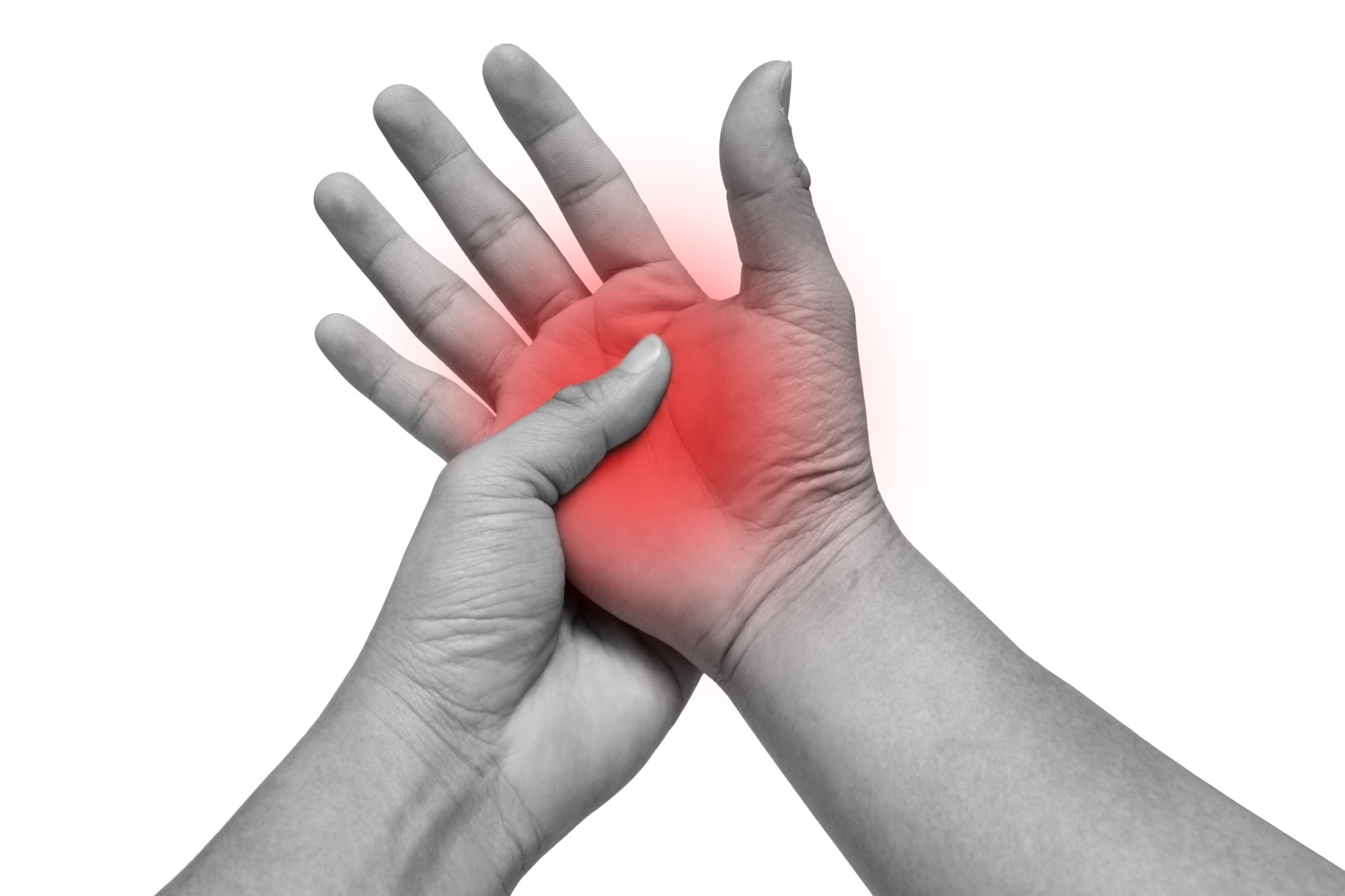
What Is Psoriatic Arthritis? Causes, Symptoms, and Treatment

Psoriatic arthritis affects one to two people per 1,000 in a population. This may not sound like a high prevalence. However, this means that more than 328,200 people in the United States suffer from the condition.
Psoriatic arthritis can cause unbearable pain to those who have severe forms of it. Even mild forms can cause changes in the daily activities of living.
But, what is psoriatic arthritis and what should we know about it?
Keep reading to learn more about the condition and its causes, symptoms, and diagnosis.
What Is Psoriatic Arthritis?
As the name suggests, psoriatic arthritis is one of the many kinds of arthritis. Specifically, this form of arthritis affects some patients who have the diagnosis of psoriasis. This is a condition that’s marked by red patches of skin that may have silver scales covering it.
Patients with psoriasis have to take care of their skin more carefully than typical patients.
Most people receive the diagnosis of psoriasis before the diagnosis of psoriatic arthritis. However, the symptoms of arthritis can appear before the skin patches appear.
Because of this discrepancy, physicians may incorrectly diagnose psoriatic arthritis as rheumatoid arthritis. This is especially true in patients who have a positive rheumatoid factor.
Patients with psoriatic arthritis experience joint pain, stiffness, and swelling. These signs and symptoms can manifest anywhere in your body. They can range from mild to severe depending on the patient’s condition.
Unfortunately, there is no cure for psoriatic arthritis. Therefore, healthcare providers focus on controlling symptoms and preventing joint damage.
If your condition goes untreated, you could develop disabilities. These can inhibit your activities of daily living.
What Causes Psoriatic Arthritis?
Psoriatic arthritis develops when your body’s immune system attacks healthy cells and tissues. This immune response causes inflammation in your joints and an overproduction of skin cells.
There isn’t a clear reason for this autoimmune response. However, medical professionals have discovered that there are genetic and environmental factors.
Many patients with psoriatic arthritis have a family history. This history could be for psoriasis, psoriatic arthritis, or both.
Additionally, geneticists have also discovered genetic markers associated with psoriatic arthritis. Because of this, physical trauma or environmental exposure can trigger psoriatic arthritis. This happens in people who have genetic tendencies.
What Are the Signs and Symptoms of Psoriatic Arthritis?
Symptoms wax and wane depending on periods of exacerbation and remission. Exacerbation defines periods of worsening symptoms, while remission defines periods of improving symptoms.
Psoriatic arthritis may affect joints on one or both sides of the body. These manifestations mirror those of rheumatoid arthritis. Both conditions can cause joints to become painful, swollen, and warm.
Psoriatic arthritis can cause swollen fingers and toes as well. Swelling in your joints can cause deformities in your hands and feet. Thus, psoriatic arthritis can also cause foot pain, especially in the tendons and ligaments.
Lastly, psoriatic arthritis can cause lower back pain, which can lead to spondylitis. This condition causes inflammation in the joints between the vertebrae of the spine. It can also cause inflammation in the joints that lie between the spine and pelvis.
What Are the Risk Factors of Psoriatic Arthritis?
The primary risk factor of psoriatic arthritis is the diagnosis of psoriasis. More specifically, patients who have pitted, deformed nails are more likely to have joint involvement.
Your family history also plays a role in the development of psoriatic arthritis. As we discussed, there are genetic markers that are associated with psoriasis and psoriatic arthritis.
Therefore, patients who have an immediate family member with the condition are more likely to develop the condition.
Lastly, there is a slight association between age and psoriatic arthritis. Anyone can develop the condition. However, it is mostly found in adults between the ages of 30 and 50.
We should also note that there is no difference between biological males and biological females. Both males and females are equally likely to develop psoriatic arthritis.
How Is Psoriatic Arthritis Diagnosed?
When you present your symptoms to your doctor, they’re going to start with a physical examination.
They’ll look at your joints for signs of swelling and tenderness. They’re also going to check your fingernails for pitting, flaking, and other abnormalities. Lastly, they’re going to look at the soles and heels of your feet.
There is no single test for the diagnosis of psoriatic arthritis. However, there are blood tests and imaging tests that can help physicians differentiate. These are helpful to discern between psoriatic arthritis and other forms of arthritis.
The most popular laboratory tests include the rheumatoid factor and a joint fluid test. The rheumatoid factor is an antibody that is normally found in rheumatoid arthritis. Therefore, some physicians use this test to differentiate between the two conditions.
However, this doesn’t always work as physicians intend it to.
Psoriatic arthritis is difficult to diagnose. It has a close relation to rheumatoid arthritis.
Many patients with psoriatic arthritis have a positive rheumatoid factor. This is a blood test that physicians associate with the diagnosis of rheumatoid arthritis.
Therefore, some patients are incorrectly diagnosed. This is especially true if they’re complaining of joint pain before showing any skin signs of psoriasis.
The joint fluid test occurs when your doctor removes a small sample of fluid from one of your affected joints using a needle. If there are positive uric acid crystals in your joint fluid, this may indicate gout as opposed to psoriatic arthritis.
The imaging tests that your physician may use are x-rays and MRIs, which show any damage that your condition may have caused. The amount of damage in your joints affects your ability to move and use your joints.
Get the Psoriatic Arthritis Medications That You Need
So, what is psoriatic arthritis? Associated with psoriasis, psoriatic arthritis is an autoimmune condition. It can be extremely painful for patients and can cause permanent damage to your joints.
If you’re suffering from joint pain, you need to get the right bone and joint products to help with your symptoms. With these and other prescriptions, you can depend on Kiwidrug for all of your needs.

